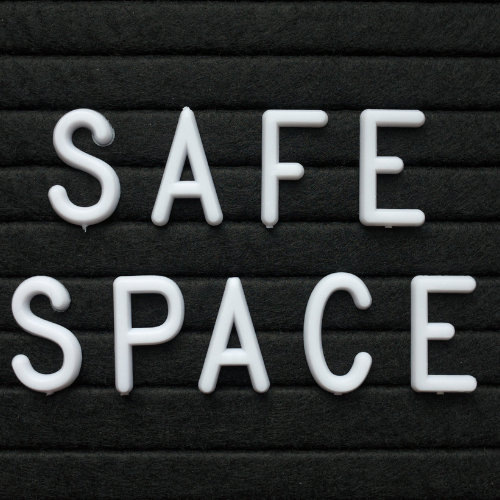
19 Jul Safe Work Environment
Maintaining Office Health
Maintaining a pest-free office environment is crucial for the health and productivity of employees. Pests can cause significant disruptions, damage property, and pose health risks. In South Florida, the warm and humid climate makes offices particularly susceptible to pest infestations. At Pest Busterzz, we specialize in helping businesses keep their workplaces pest-free with eco-friendly solutions.
Rodents, such as mice and rats, are common office pests. They can squeeze through small openings and find their way into office buildings in search of food and shelter. Once inside, they can cause considerable damage by gnawing on wires, insulation, and office furniture. Rodents also pose serious health risks, as they can contaminate food and surfaces with their droppings, potentially spreading diseases like salmonella and hantavirus.
To prevent rodent infestations, it’s essential to understand their behavior and entry points. Rodents are nocturnal and tend to hide in dark, secluded areas during the day. Regularly inspect your office for signs of rodent activity, such as droppings, gnaw marks, and nests. Implementing preventive measures, such as sealing entry points and maintaining cleanliness, can help keep these pests at bay.
Controlling Office Bugs
Insects, including cockroaches, ants, and flies, are also common in office environments. Cockroaches are particularly troublesome as they can spread allergens and pathogens, contaminating food and surfaces. Ants, especially sugar ants, are attracted to food crumbs and spills, while flies can quickly become a nuisance, particularly in office kitchens and break rooms.
Preventing insect infestations requires diligence in maintaining a clean environment and proper food storage. Regularly clean workspaces, especially areas where food is consumed or stored. Use airtight containers for food storage and ensure that garbage bins are emptied frequently. Proper sanitation practices are key to minimizing the risk of insect infestations.
Other occasional invaders in offices include spiders and silverfish. While spiders can help control other insect populations, their presence can be unsettling for employees. Silverfish, which thrive in humid environments, can damage paper products, clothing, and other office materials. Regular cleaning and monitoring can help prevent these pests from becoming a problem.
Understanding the specific pests that can infest your office is the first step in effective pest control. By recognizing the signs of pest activity and implementing preventive measures, you can create a healthier and more productive work environment.
Office Hygiene Matters
Maintaining a clean office is the cornerstone of effective pest prevention. Daily cleaning routines should include wiping down surfaces, vacuuming floors, and disposing of trash. Pay special attention to areas where food is consumed, such as desks, break rooms, and kitchen areas. Ensure that all food crumbs and spills are promptly cleaned to avoid attracting pests.
Encourage employees to keep their workspaces tidy and to dispose of food waste properly. Implementing a clean desk policy can help reduce clutter and eliminate potential hiding spots for pests. Regular cleaning not only deters pests but also creates a more pleasant and productive work environment.
In addition to daily cleaning routines, regular deep cleaning is essential for maintaining a pest-free office. Schedule periodic deep cleaning sessions to tackle areas that are often overlooked, such as under furniture, behind appliances, and in storage rooms. Deep cleaning should include thorough vacuuming, mopping, and dusting, as well as cleaning air vents and ducts.
Deep cleaning helps remove potential food sources and nesting sites for pests. By maintaining a high standard of cleanliness, you can significantly reduce the risk of pest infestations in your office.
Smart Office Food Storage
Food storage is a critical aspect of pest prevention in offices. Establish clear guidelines for employees regarding food storage and disposal. Encourage employees to store their food in airtight containers to prevent pests from accessing it. Additionally, remind employees to clean up after meals and snacks, ensuring that no food crumbs or spills are left behind.
Providing designated eating areas can help contain food-related activities and make cleaning more manageable. Regularly clean these areas and ensure that all food waste is properly disposed of.
The office pantry can be a hotspot for pest activity if not properly maintained. Regularly check and clean the pantry to prevent pests from finding food sources. Store communal food items in sealed containers and keep the pantry organized to make cleaning easier.
Implementing a schedule for pantry cleaning and maintenance can help ensure that this area remains pest-free. Encourage employees to label their food and dispose of expired items promptly. By maintaining a clean and organized pantry, you can reduce the risk of attracting pests.
Effective Trash Handling
Proper waste management is essential for preventing pest infestations. Ensure that all food waste is disposed of in sealed trash bins and that these bins are emptied regularly. Avoid leaving trash bins overflowing or unattended for long periods, as this can attract pests.
Implementing a waste management system that includes regular trash collection and disposal can help keep your office clean and pest-free. Consider using trash bins with lids to prevent pests from accessing the contents.
Recycling is an important aspect of waste management, but it can also attract pests if not handled properly. Clean and separate recyclable materials to prevent attracting pests. Ensure that recycling bins are emptied regularly and that any food containers are thoroughly rinsed before being placed in the recycling bin.
By maintaining proper recycling practices, you can reduce the risk of pest infestations and contribute to a more sustainable office environment.
Stop Pests at the Door
Pests can enter your office through small cracks and gaps in the building’s structure. Regularly inspect your office for potential entry points, such as gaps around windows and doors, cracks in the walls, and openings around utility lines. Identifying and sealing these entry points is crucial for preventing pest infestations.
Use materials such as caulk, weather stripping, and mesh screens to seal gaps and cracks. Installing door sweeps and using mesh screens on vents and windows can also help keep pests out.
Proper sealing techniques can make a significant difference in preventing pests from entering your office. Start by inspecting the exterior of your building for any visible gaps or cracks. Use caulk to seal small cracks and gaps, and weather stripping to seal gaps around doors and windows. For larger openings, such as those around utility lines, use mesh screens or other suitable materials.
Regularly inspect and maintain these seals to ensure they remain effective. By keeping entry points sealed, you can significantly reduce the risk of pest infestations in your office.
Customized Pest Plans
Integrated Pest Management (IPM) is a comprehensive approach to pest control that combines multiple methods for maximum effectiveness. IPM focuses on long-term prevention and control by addressing the root causes of pest problems. This approach minimizes the use of chemicals and prioritizes environmentally friendly solutions.
IPM is particularly beneficial in office environments, where maintaining a pest-free workspace is crucial. By integrating various pest control strategies, IPM provides a sustainable and effective solution to pest problems.
Implementing IPM in your office involves several steps. Start with regular inspections and monitoring to identify signs of pest activity and potential entry points. Once pests are identified, implement appropriate control measures, such as sealing entry points, using traps, and applying eco-friendly chemical treatments.
Continuous monitoring and prevention are essential for the success of IPM. Regular follow-ups and adjustments to your pest control program ensure that pests do not return. At Pest Busterzz, we provide customized IPM plans tailored to your office’s specific needs, ensuring long-term pest control.
Conclusion
Preventing pest infestations in your office is essential for maintaining a healthy and productive work environment. By understanding common office pests and implementing preventive measures, you can create a pest-free workspace. Regular cleaning, proper food storage, waste management, sealing entry points, and employee awareness are key components of effective pest prevention.
Pest Busterzz, a family-owned organic pest control company, offers professional and eco-friendly solutions to keep your office pest-free. Our comprehensive pest management services include thorough inspections, targeted treatments, and continuous monitoring to ensure the safety and comfort of your workspace.
Don’t let pests disrupt your office environment. Contact Pest Busterzz today to schedule an inspection and take the first step towards a pest-free office. With our expertise and commitment to customer satisfaction, you can trust us to keep your office free from unwelcome guests. Enjoy the peace of mind that comes with knowing your workspace is protected by the best in the business.


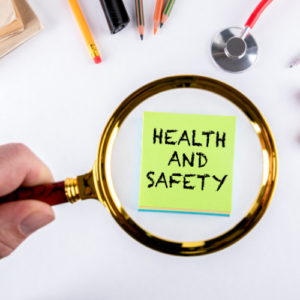
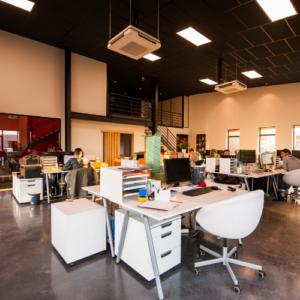
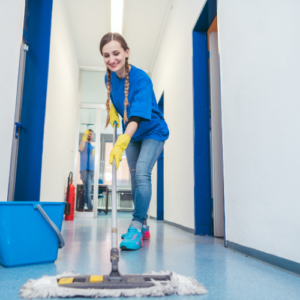

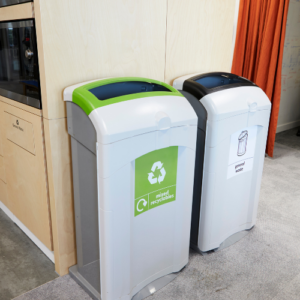
No Comments